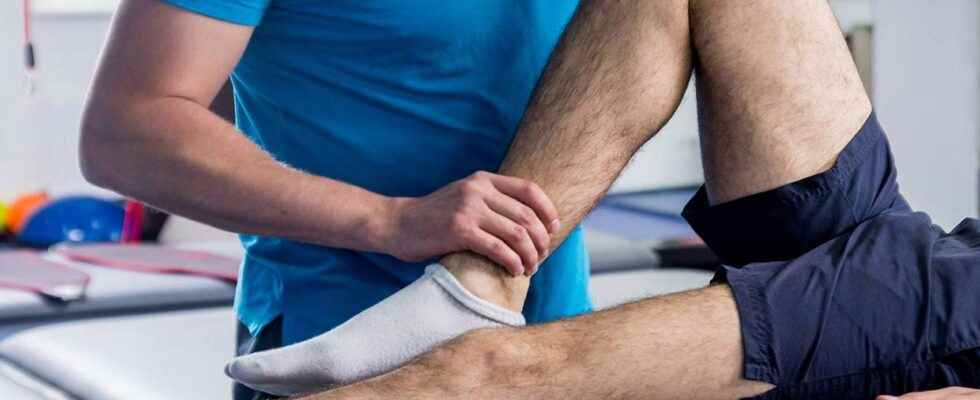The physiotherapist is a professional who takes care of the recovery of our movements through massages and physical exercises. He also works to prevent occupational illnesses and injuries. What studies to become a physiotherapist?
You will also be interested
When we suffer from an injury or muscle problem, the doctor may suggest the intervention of a physiotherapist to supplement the action of the drugs and accelerate the healing.
The physiotherapy aims to improve the quality of life of people and contribute to the prevention different pathologies. During a physiotherapy course, you will learn to apply new technologies in the field of health and you will discover the different aspects of physiotherapy, from evaluation to diagnostic, including the design and development of treatments. In addition, throughout this degree, you will acquire and implement the practical skills of a good physiotherapist.
How to become a physiotherapist?
Since 2017, the schools of physiotherapy are no longer accessible in post-bac. Students must therefore go through a first year called “selection”, before entering the physiotherapy course.
These schools are also known under the term IFMK, for Institute of Training in Masso-Kinesitherapy. You will find the exhaustive list of public and private IFMKs in France on this site. There are more than 40, some of which are reserved for the visually impaired.
Before entering an IFMK, students are now required to complete one of the following options:
- 1 year of medicine (PACES competition)
- 1 license STAPS (Sciences and Techniques of Physical and Sports Activities)
- 1 license in Sciences or Health
The IFMKs offer a 4-year diploma course, including numerous practical internships.
How are physiotherapy studies carried out?
The training is broken down into two cycles of 2 years:
- The first cycle allows students to acquire theory, with 1980 hours of courses in semiology, public health, physiopathology or even pathology in the musculoskeletal field.
- The second cycle is professional, it includes 1470 hours of practice and periods of internships
The final exam validates a State Diploma (DE), allowing students to practice in an office or in a hospital.
What does a physiotherapist do?
The physiotherapist begins the treatment by establishing a physiotherapeutic diagnosis of the patient. He analyzes and interprets medical examinations and reports in order to have an overview of the patient’s state of health and to identify any possible problems. He also observes the patient’s movements, if he has motor difficulties or if he feels pains particular.
Based on the diagnosis, the physiotherapist prescribes the treatment to be implemented. The type varies depending on the patient’s condition and the injury to be treated:
- Realisation of massages
- Physical exercises, with or without accessories or machines
- Cold and heat based treatment
- Exercises in the water
The first part of the treatment takes place in the presence of the physiotherapist, who follows each movement and guides the patient in the exercise, identifying his progress in restoring movements.
A later phase of treatment can also consist of exercises that the patient does alone, at home. In this case, the physiotherapist teaches the movements to be performed and gives advice on the frequency and force to be applied for each of them.
The physiotherapist regularly reassesses the patient to identify improvement in his general state of health and to adapt the treatment. Usually, the physiotherapist keeps a body evaluation sheet, where he notes the progress, any pain problems and the family history.
Interested in what you just read?
.
fs5
